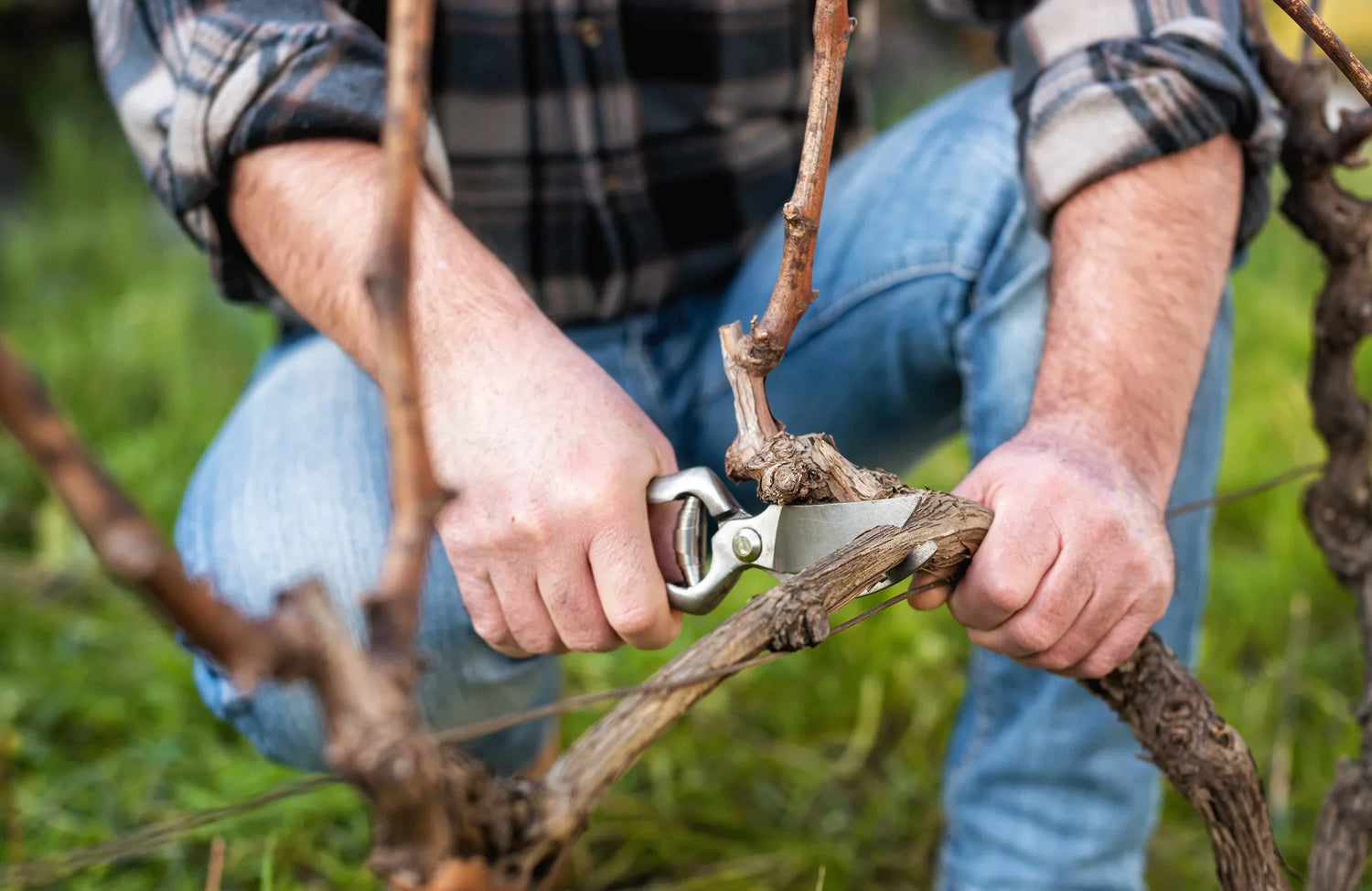Food smoking has evolved from a means to preserve food to a method of preparing gourmet foods at home. It is the smoky flavor that has created a separate fan base for smoked foods. The secret to good smoking is always the wood that is used to produce the smoke. The rest depends on the pitmaster who pairs the flavor of the food with the right wood to serve tender and succulent food. Besides the marinade, wood is the prime factor in flavoring the food.
Barbeque experts believe that any hardwood that is naturally seasoned without the use of any chemicals can be used for food smoking. However, the real story behind perfect smoky flavor has a lot more factors. Not all hardwoods are great for food smoking. Here we will discuss two commonly used kinds of wood for food smoking that can result in a disaster. You got it right, we will be discussing grapevine wood and lilac wood. Keep reading to save your barbeque party.
Avoid using Grapevine wood for food smoking
Grapevine is a hardwood, imparts a mild fruity flavor and it is not moldy. All that sounds perfect for food smoking but here is something more that you should know. Grapevine wood produces dense tart smoke when it reaches a high temperature. Although the wood renders a mild fruity flavor, the tartness in the smoke can turn the flavor heavy. This might ultimately impart a bitter taste to the food and leave it foul-smelling.
If you want to flavor the food with grapevine, the best way to do it is to use the wood sparingly. Don’t cook the food completely in grapevine wood. For safer options try smoking poultry in this wood as it is cooked faster, so the smoking time will be shorter.

Avoid using Lilac wood for food smoking
Just like Grapevine, Lilac is also a popular wood for barbeques. Lilac produces a mild and sweet smoke which is generally preferred for cooking poultry and lamb. However, the truth is Lilac can be extremely harmful to your health. Despite being a hardwood, Lilac contains a lot of sap. Smoke from sapwood can impart a weird taste to the food. Also, Lilac is more prone to diseases. So, when you burn diseased lilac twigs, the smoke can spoil the nutrition level of food making it unsafe for consumption.
It is advisable to use lilac wood only for an outdoor barbeque where the smoke can escape into the air and humans have less chance of inhaling it. If you want to smoke lilac indoors, make sure the chimney is cleaned before and after smoking. Be careful to choose only disease-free lilac wood for food smoking.
Best woods for Food smoking
Now that two of the popular woods for food smoking have been removed from your list, we want to add some safer options. Here are some options for a perfect smoking experience.
Hickory: This wood produces flavor-rich smoke and is great for cooking large cuts of meat. The flavor is mild and doesn’t overpower the taste of the meat even after prolonged smoking.
Apple: Applewood renders a sweet and fruity flavor that compliments the original flavor of the meat, such as pork, chicken, etc.
Oak: This is a universal favorite wood for barbeque. Oakwood imparts medium to strong flavor that makes it suitable for smoking beef, lamb, and sausages, etc.
Mesquite: This wood is popular for a Texas-style barbeque. It produces a rich and intense flavor that goes well with any kind of red meat.
Bisquettes: These are compressed wood chips of uniform density and size perfect for food smoking. Bisquettes are a good option for a safe and delectable food smoking experience. The perfect example is Bradley Bisquettes. These are specially compressed to form wood sawdust discs of uniform thickness that burn for a precise time and are extinguished automatically before turning to ashes to save the food from smelling bad. Bradley Bisquettes are available in different fruity flavors like maple, pecan, oak, apple, cherry, hickory, and more.

Tips for pitmaster-style food smoking
Brine: It is a solution of salt and water that is used as a marinade. The brine helps to keep the food moist and preserves its tenderness even after prolonged smoking.
Temperature control: Food smoking is a low and slow process, so temperature control is a crucial factor. It is important to ensure that the food is smoked in low heat consistently till it reaches desired doneness.
Use a good food smoker: A quality smoker can change the entire food smoking game. A pro smoker like the Bradley Smoker comes with a wood auto feeder that will function with some supervision for up to 10 hours. The advanced digital control in a Bradley Smoker allows the user to preset the cooking time and temperature before smoking.
Have patience: Don’t serve the food immediately after it is smoked. Let it rest for a while so it can reabsorb all the juice secreted during smoking. This will enhance the flavor and tenderness of the food.
Our tips on safe and delectable food smoking end here. We hope these Bradley tips & tricks have helped you with the basics of good food smoking. For more great Bradley tips and tricks along with how to get the most of your Bradley Smoker, check out the awesome articles on our Bradley Smoker Food Smoking Blog.





